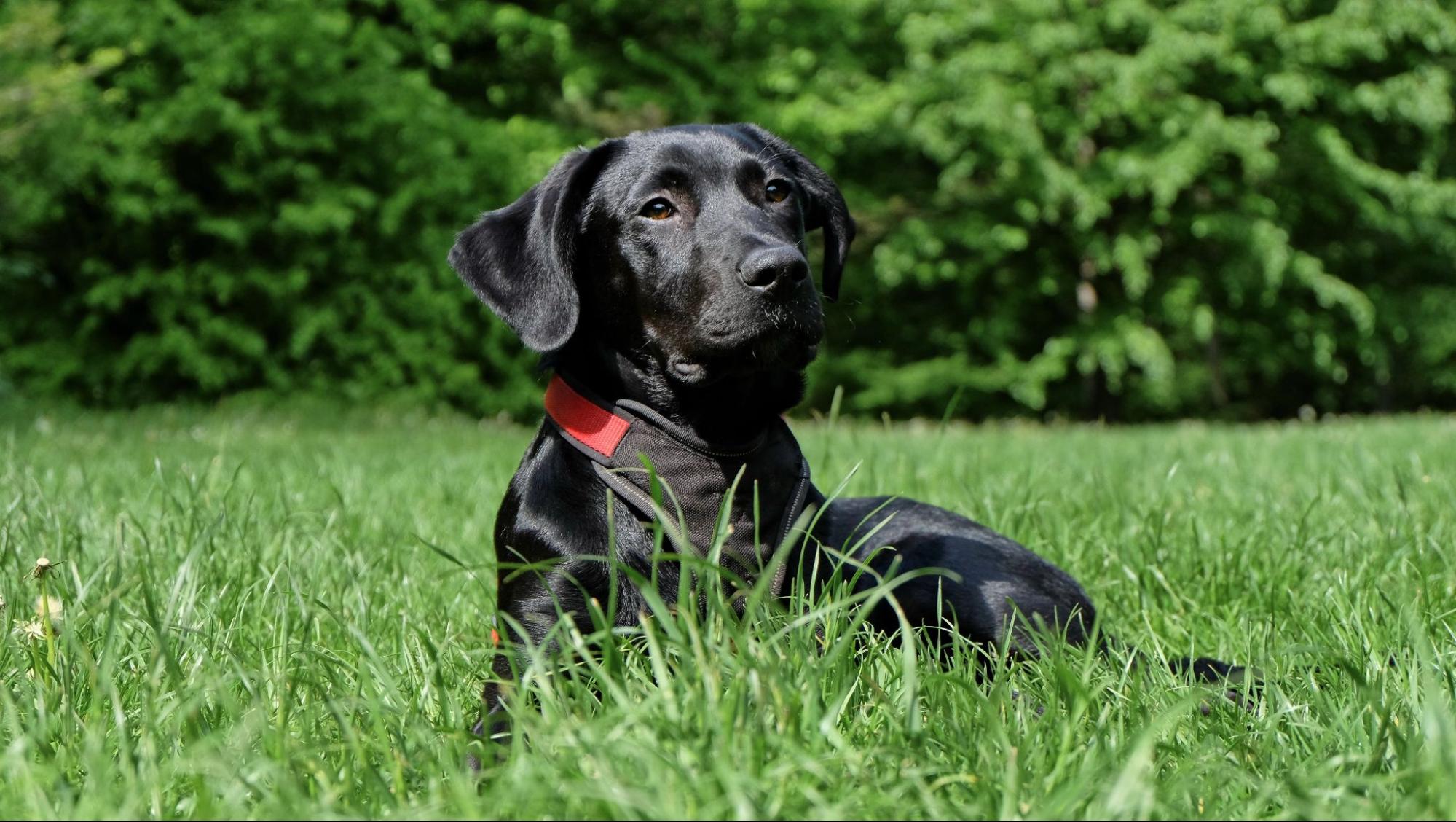How to Train Separation Anxiety Puppy
Are you struggling with a Labrador puppy who experiences separation anxiety? If so, you’re not alone. Separation anxiety in puppies, especially Labradors, can be a challenging issue to address. In this article, I’ll share some effective strategies and techniques to help train your puppy and alleviate their anxiety when they’re left alone.
Separation anxiety is a common behavioral problem that many dogs experience. It occurs when dogs become distressed or anxious when separated from their owners or left alone. Labrador Retrievers are known for their loyal and affectionate nature, which can sometimes make them more prone to developing separation anxiety.
The good news is that there are steps you can take to train your Labrador puppy and reduce their separation anxiety. By implementing positive reinforcement techniques, gradually increasing the time apart, providing mental stimulation, and creating a safe environment for your pup, you can help them feel more comfortable being on their own.
In the following sections of this article, I’ll delve deeper into each of these strategies and provide practical tips on how to implement them effectively. So let’s get started on helping your adorable Labrador overcome separation anxiety!
Understanding Separation Anxiety in Puppies
When it comes to raising a puppy, one of the challenges that many dog owners face is separation anxiety. This common behavior problem can cause distress for both the puppy and their human companions. In order to address this issue effectively, it’s important to understand what separation anxiety is and how it manifests in puppies.
Separation anxiety refers to the excessive fear or discomfort that puppies experience when they are left alone or separated from their owners. It can result in behaviors such as incessant barking, destructive chewing, house soiling, and attempts to escape. While all puppies may display some degree of distress when separated from their owners, those with separation anxiety exhibit more intense and prolonged symptoms.
The causes of separation anxiety can vary from puppy to puppy. Some common factors include past traumatic experiences, lack of proper socialization during early development stages, sudden changes in routine or environment, or even genetics. Understanding these underlying causes can help us develop strategies to alleviate separation anxiety and provide our furry friends with the support they need.
It’s worth noting that while Labrador Retrievers are generally known for their friendly and sociable nature, they too can be prone to developing separation anxiety. This breed’s strong bond with their humans combined with their sensitive temperament makes them particularly susceptible to experiencing stress when left alone.
In conclusion, understanding separation anxiety in puppies is crucial for effectively addressing this behavior issue. By recognizing the signs and potential causes of separation anxiety, we can implement appropriate training techniques and create a secure environment that helps our puppies feel more comfortable when apart from us. With patience, consistency, and positive reinforcement methods, we’ll be able to guide our pups toward becoming confident and contented companions even when left alone at home.

Recognizing the Signs of Separation Anxiety in Labradors
Labradors are known for their friendly and outgoing nature, but like any other dog breed, they can also experience separation anxiety. As a responsible pet owner, it’s important to recognize the signs of separation anxiety in your Labrador so you can address the issue and help your furry friend feel more secure when left alone.
Here are some common signs that may indicate your Labrador is experiencing separation anxiety:
- Destructive Behavior: If you come home to find chewed-up furniture, shredded pillows, or scratched doors, it could be a sign that your Labrador is anxious when left alone. Dogs with separation anxiety often resort to destructive behavior as a way to cope with their stress.
- Excessive Barking or Howling: Does your Labrador bark or howl excessively when you’re not around? This vocalization is another telltale sign of separation anxiety. Your pup may be trying to communicate their distress and seek attention from you or alleviate their anxiety through vocalization.
- Potty Accidents: Even if your Labrador is house-trained, they may have accidents indoors when experiencing separation anxiety. This can occur despite being fully trained and is often a result of stress and fear associated with being alone.
- Restlessness and pacing: If you notice that your Labrador paces back and forth anxiously or appears restless when left alone, it could be due to separation anxiety. They may struggle to settle down or relax without the presence of their owner.
- Escape attempts: Labradors with separation anxiety may try to escape from confined spaces such as crates or rooms by scratching doors, digging at carpets, or even jumping over fences. These behaviors are driven by the desire to reunite with their owners and alleviate their distress.